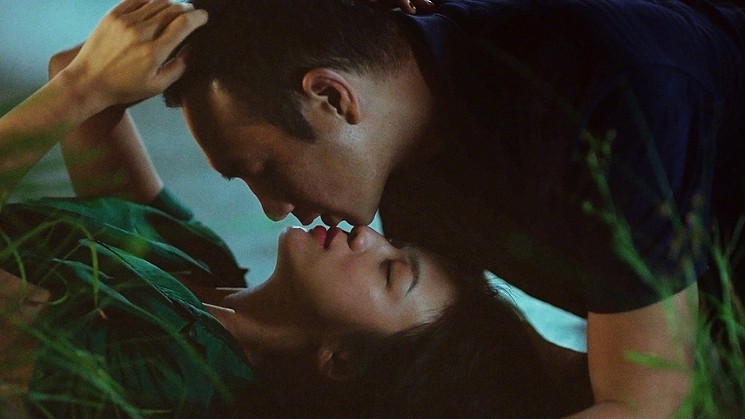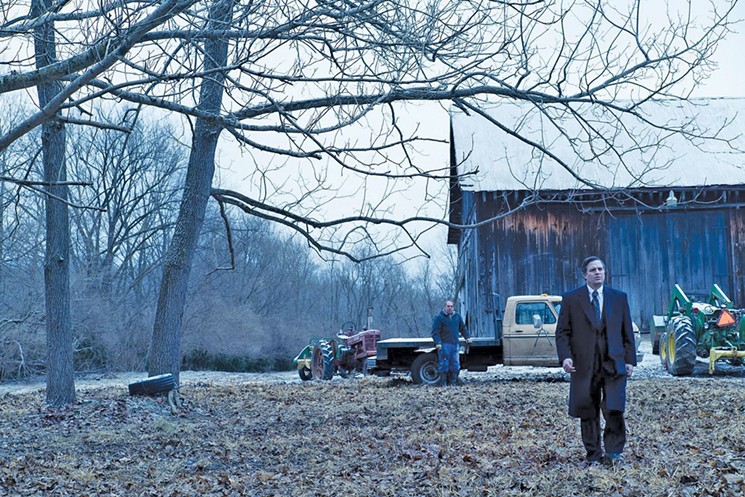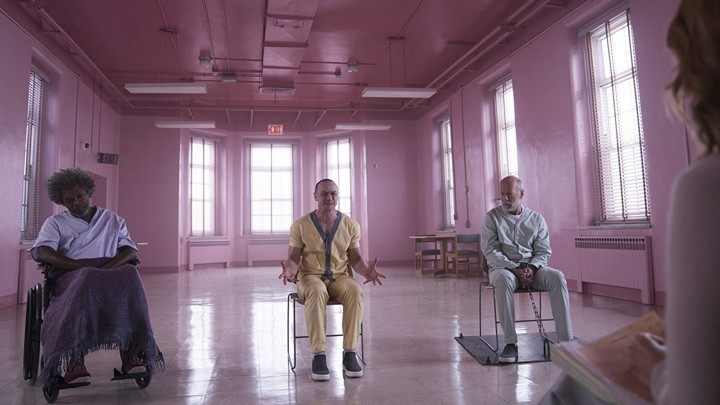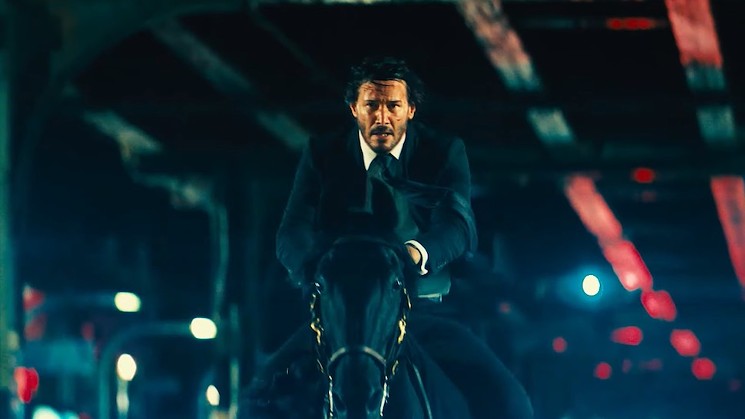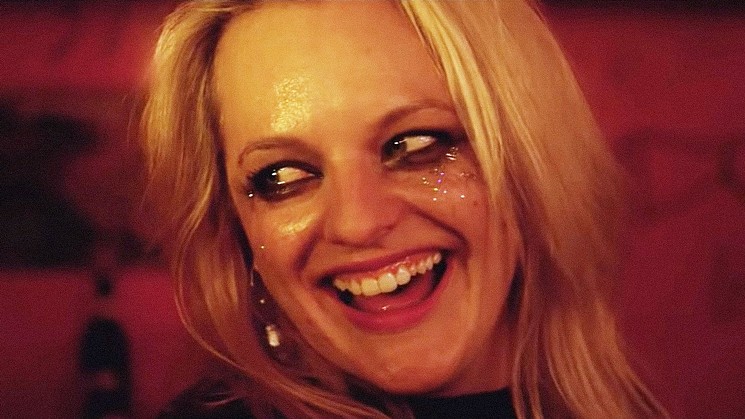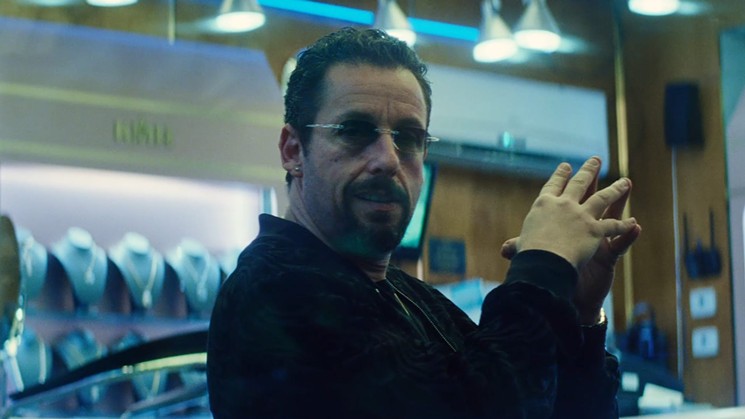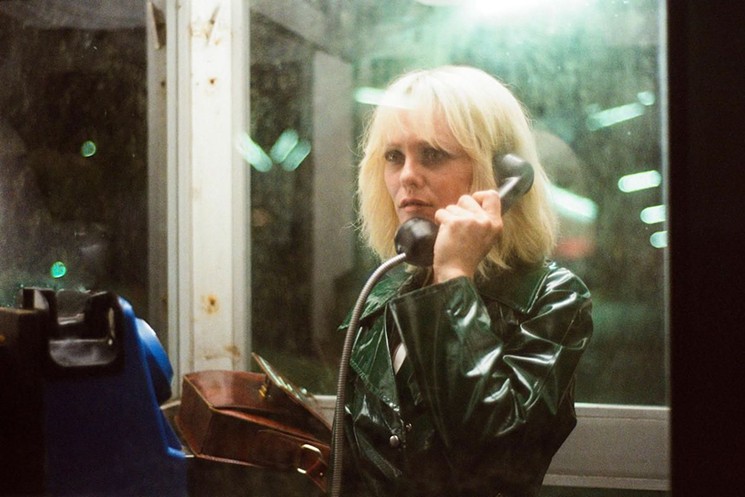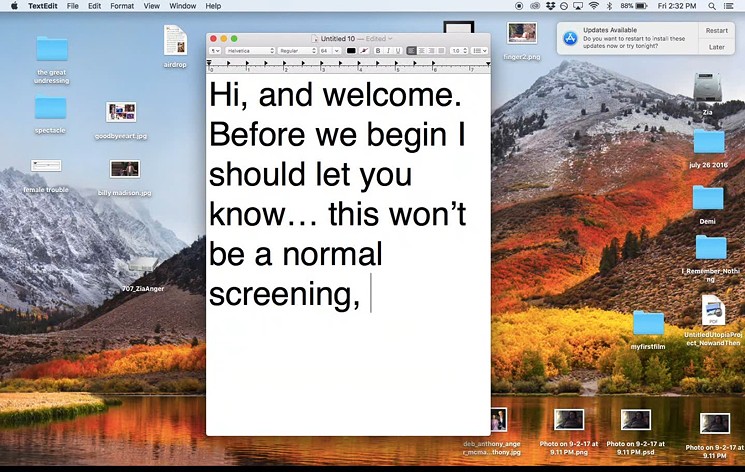This list misses out on exploring the dance-fueled hellscape of Climax, the weight of The Irishman, and the gleefully absurd Diamantino. Short films such as In Dog Years and Is That All There Is?, documentaries like Black Mother and Amazing Grace, and performance art films like When I Get Home often get sidelined despite being as good as, if not better than, most narrative features released during the year. Then there are the ones that get festival play but never make it into South Florida theaters, such as Divino Amor, Vision, Las Niñas Bien, Luz, and Golden Youth.
So take this roundup as a chance to explore some of my favorites, as a chance to dive into some great features (and some oddities) that you might not have experienced this past year. (Editor's note: Some of these entries have been pulled from past reviews by this writer.)






